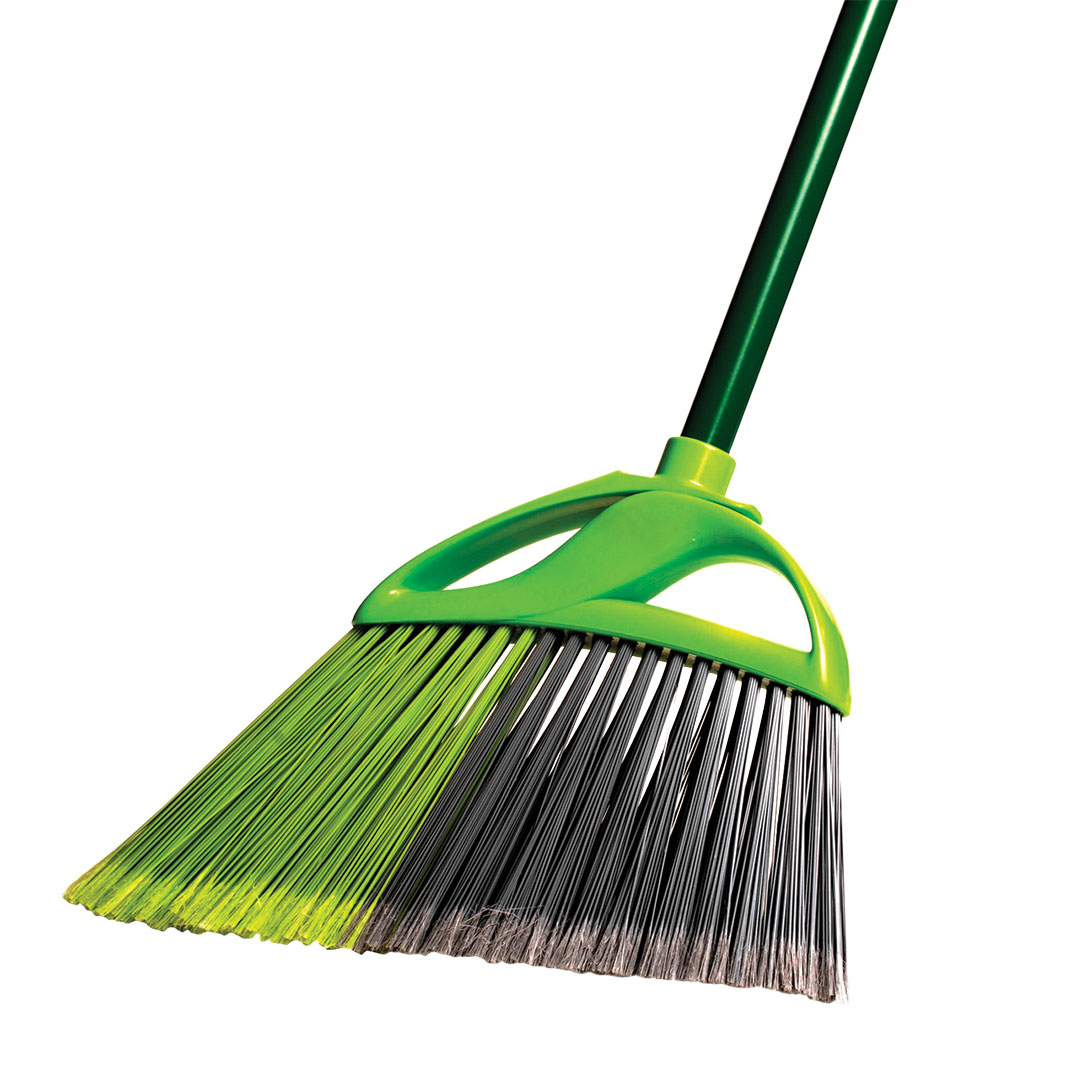

For me, it was the abundance of small details, the subtleties among a vastly larger world. The magic and beauty of his writing wasn’t necessarily the uber creativity or Big Picture Thinking. As the term might imply, there were similarities to the late 80s and early 90s, but a lot of the creative mechanisms he used were frankly, fascinating and awe-inspiring. Wallace’s world was primarily set in 1990, but it was an alternate, or parallel, world, in East Corinth, Ohio. His style lent itself nicely to a world which was perhaps more complex than the real world at the time of its publication. His worldbuilding was original, creative, and exceptionally clever. What’s more, he brought an abundance of life, strength, and agency to these characters that made the journey with them much more profound than I could’ve imagined.

Given the intellectual backdrop, one might be afraid of the prose being overly complicated, dense, and possibly even trite. One of the most impressive aspects of it was just how fun Wallace made the overall reading experience. In fact, Wallace had gone on record saying that his book could be seen as a conversation between the Wittgenstein and Jacques Derrida. I walked away with an even deeper appreciation for post-modernism and philosophical theory (the bulk of which was a direct reaction to Austrian-British philosopher, Ludwig Wittgenstein, and his ideas surrounding linguistics.

Twenty-four year old Wallace presented those themes and scenarios in ways that could perhaps come across as somewhat abstract to the uninitiated reader, and perhaps because I was moderately familiar with his style and prose, the novel was fairly easy to understand. He seemed particularly interested in the tug and pull nature of psychology and philosophy. Thrown into the fray in ways which almost felt intuitive, were themes revolving steadily around religion as opposed to fate, as well as the perilous nature of fanaticism and about relationships and of the human condition. In The Broom of the System, debut novelist David Foster Wallace attempted to explore the provisional truths of identity and the journey of self-discovery. They’re long and thin and splay-toed, with buttons of yellow callus on the little toes and a thick stair-step of it on the back of the heel, and a few long black hairs are curling out of the skin at the tops of the feet, and the red nail polish is cracking and peeling in curls and candy-stripped with decay. Most really pretty girls have pretty ugly feet, and so does Mindy Metalman, Lenore notices, all of a sudden.


 0 kommentar(er)
0 kommentar(er)
